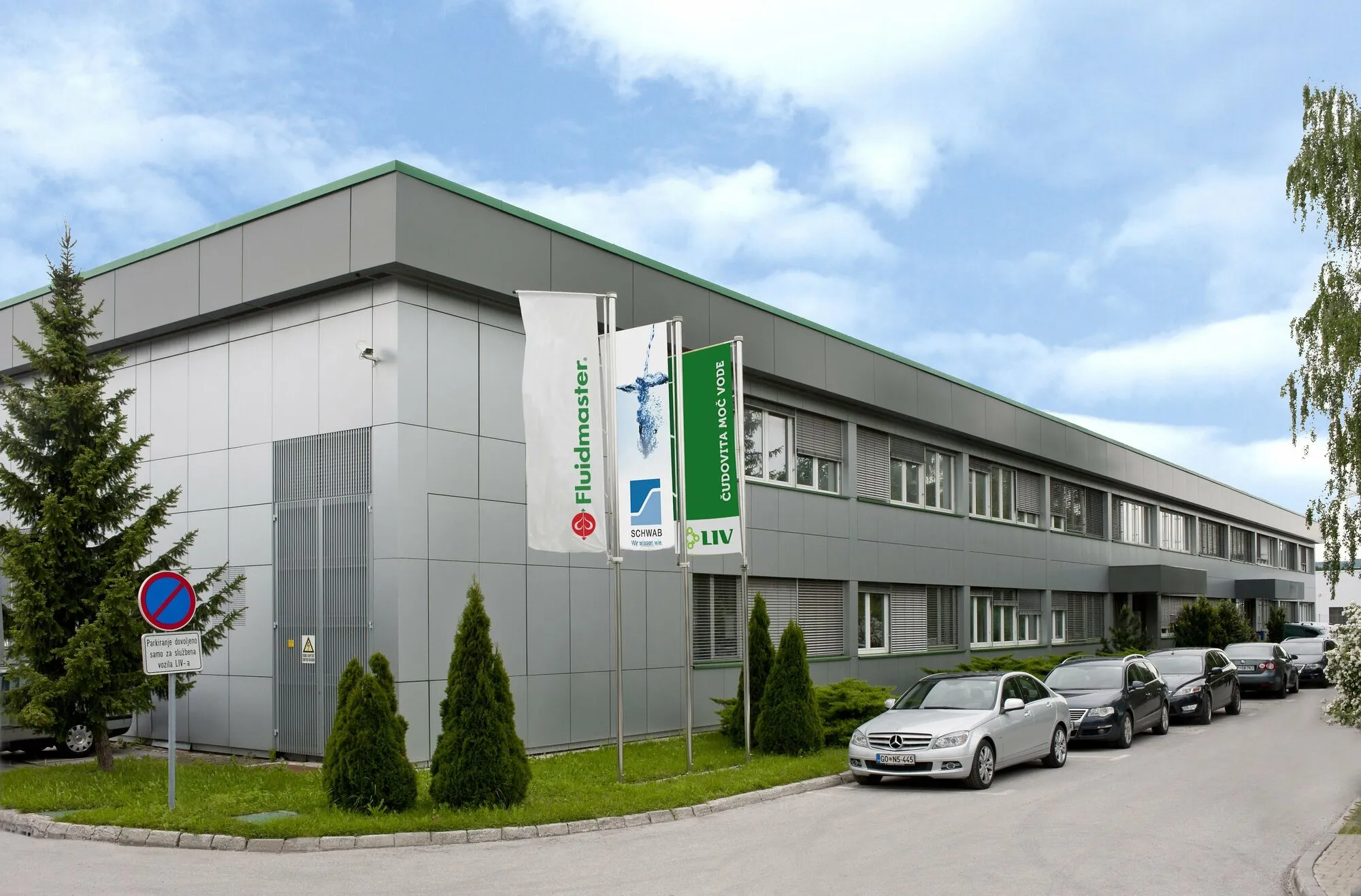
How Much Water Does One Person Use Per Day – And Why It’s More Than Just a Number?
Water is one of our most precious resources, yet we often don’t recognize its value until we face a crisis. Water Saving Week is the perfect opportunity to examine our habits and reconsider how much water we actually use. It reminds us of the growing importance of using water efficiently, especially as global demand rises and availability becomes more uncertain.
In this blog, we explore how much water the average person uses per day – both in Europe and around the world – and offer practical ways to reduce consumption. We’ll also look at the differences between countries and show how even small changes in everyday habits can support more sustainable water use.
Who Uses the Most Water in the World?
Water consumption varies widely across the globe – depending on climate, infrastructure, lifestyle, and industrial activity.
📊 Top 3 countries with the highest per capita water use:
- United States – approx. 425 litres per person per day. The U.S. has a high standard of living, vast infrastructure, and diverse climates that influence consumption levels. However, it also leads in innovation and efficient resource management.
- Australia – around 340 litres daily; despite high usage in an arid environment, Australia has developed advanced approaches to recycling and water efficiency.
- Canada – about 330 litres daily; although rich in freshwater, per capita consumption is surprisingly high, largely due to household and industrial use.
What About Europe?
Europeans generally consume less water than North Americans, but the differences between European countries remain significant.
📊 Highest per capita water use in Europe:
- Italy – up to 200 litres daily. Frequent showers, widespread air conditioning use, and heavy tourism all contribute.
- Spain – 160–180 litres, a relatively high amount given the frequent droughts and irrigation needs.
- Germany – around 130 litres, supported by strong infrastructure and energy efficiency.
Southeastern & Central Europe – A Mixed Picture
- Slovenia & Croatia: Approx. 105–130 litres per person daily. Urban areas with strong tourism (e.g., Ljubljana, Zagreb, coastal towns) often exceed 150 litres.
- Bosnia and Herzegovina, Serbia, Montenegro: 80–120 litres, with variations between urban and rural regions. Infrastructure challenges and water losses in the network remain significant concerns.
- Romania & Hungary: Consumption typically ranges between 90–120 litres per person, depending on region and economic activity.
- Austria: Around 130 litres, with strong emphasis on environmental policies and infrastructure maintenance.
- Italy (northern regions): Similar to the national average – high usage, especially in industrial and tourist-heavy areas.
What Affects Our Water Consumption?
VIt's more than just how often we shower or how many glasses of water we drink. Key factors include:
- Lifestyle: Larger homes, frequent car washing, swimming pool use.
- Industry and agriculture: Especially in countries with high food or energy production.
- Accessibility and price: Where water is almost free, consumption tends to be higher.
- Climate: Hotter, drier areas require more water for cooling and irrigation.
Why These Numbers Matter?
Because water is not an unlimited resource – and it’s not equally accessible to all. Every decision matters – from how long you shower, to how often you buy new clothes or what you eat.
To better understand your overall impact, check out our January blog on water footprint and February’s article on practical water-saving tips – where you'll find real-world advice for reducing your impact without giving up comfort..
Some Water Facts to Consider
- The average European uses 3,000 litres of virtual water daily – water “hidden” in food, clothing, and electricity.
- Producing 1 avocado requires around 320 litres of water – nearly the same as 10 showers.
- Making a laptop takes about 20,000 litres of water.
- One cotton T-shirt = approx. 2,700 litres of water.
- One cup of coffee = approx. 140 litres (from crop to cup).
- A toilet flush uses between 3 and 9 litres – modern dual-flush systems can cut this in half. (Check out our tips on choosing the right flushing system!)
Conclusion
Understanding how much water we use – both directly and indirectly – helps us make more responsible decisions. While water consumption in Southeastern and Central Europe may be lower than in some other parts of the world, this doesn't mean we can afford to be complacent. Every drop counts – not just in personal use, but in the way we live, produce, and consume.
If you’d like to learn more about how to reduce your personal water footprint, don’t miss our earlier blogs:
👉 What is a Water Footprint and How Can We Reduce It? (January)
👉 15 Practical Tips for Saving Water (February)
Together, we can help ensure that water remains available – not just today, but for generations to come.






